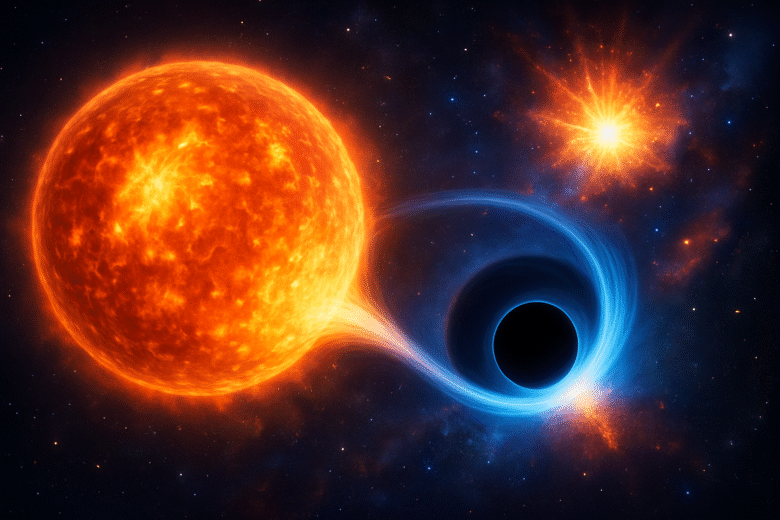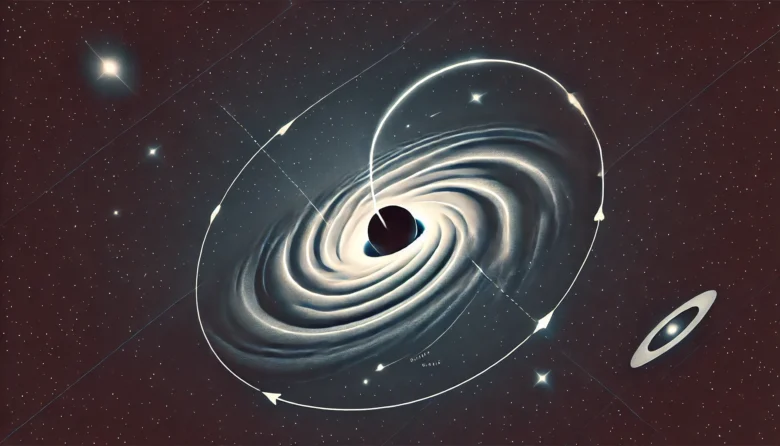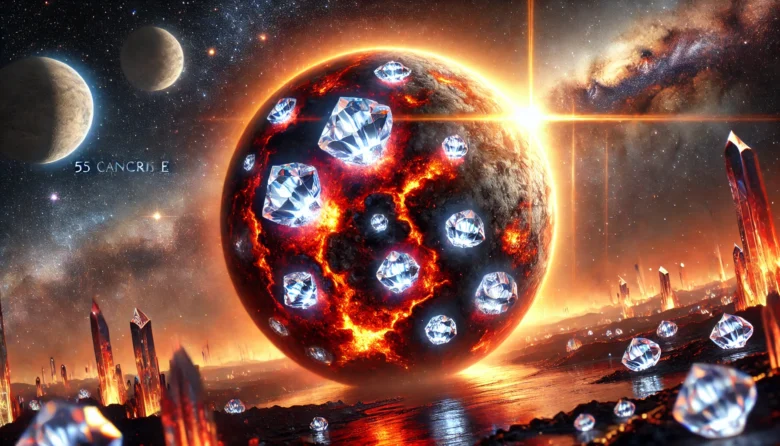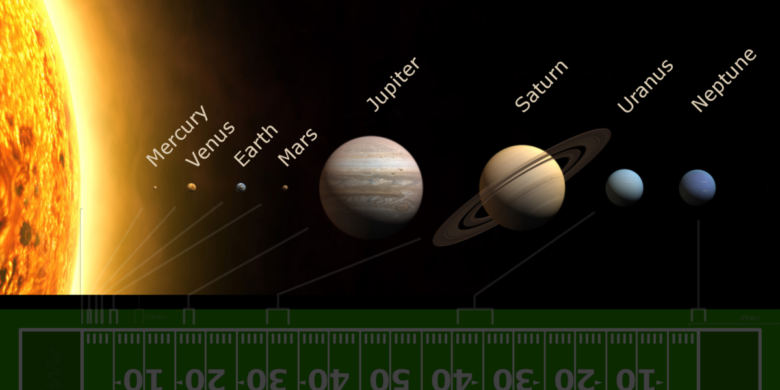Fun fact: the ancient Egyptians believed that every morning the sun god Ra sailed across the sky in a boat—only to descend through the underworld at night, battling chaos until dawn returned. But that dramatic myth hints at a deeper question: Why did ancient civilizations worship the sun? In this article, we’ll peel back the …
Fun fact: A star can shine with more energy in a single second of its death than our Sun will in its entire lifetime. You read that right: “When a Star Tries to Eat a Black Hole (and Explodes Anyway)” isn’t just a catchy title, it’s the story of a cosmic betrayal that astronomers caught …
Fun Fact: If you could ride a beam of light, you’d never hit the “edge” of the universe—because it doesn’t have one. The idea that the universe has no centre might sound like a philosophical riddle or a Zen koan, but it’s a scientific reality. And it’s one that flips our human instincts upside down. …
Fun Fact: If you could ride a beam of light, you’d never hit the “edge” of the universe—because it doesn’t have one. The idea that the universe has no centre might sound like a philosophical riddle or a Zen koan, but it’s a scientific reality. And it’s one that flips our human instincts upside down. …
Fun Fact: Saturn has more moons than any other planet in our solar system — a whopping 274, thanks to 128 new discoveries! Imagine looking up at the night sky and knowing that Saturn, the giant ringed planet, is now home to a record-breaking number of moons. That’s exactly what astronomers found when they recently …
Fun Fact: The closest known exoplanet to Earth, Proxima b, is just 4.24 light-years away, but scientists are now buzzing about a new super-Earth that might be even more promising for life! Imagine a planet where life could thrive beyond Earth. Scientists have discovered a potentially habitable super-Earth just 20 light-years away, and it’s making …
Fun Fact: Did you know that a planetary alignment involving all visible planets occurs only once every few decades? The last major event like this happened in 2004, and the next won’t be until 2040! Introduction Imagine stepping outside on a crisp February evening and looking up to see seven planets lined up in the …
Did you know that gravity can bend light like a giant cosmic magnifying glass? This mind-boggling phenomenon, known as an Einstein Ring, is a spectacular example of how the universe plays tricks on our eyes. Recently, the European Space Agency (ESA) unveiled a stunning image of an Einstein Ring captured by its Euclid space telescope, …
Imagine a planet where diamonds aren’t hidden treasures buried beneath the surface but potentially cover the entire landscape. Sounds like the stuff of science fiction, doesn’t it? Introducing 55 Cancri e, a stunning exoplanet situated approximately 40 light-years from Earth in the constellation Cancer. Dubbed the “Diamond Planet,” this celestial body challenges our understanding of …
Here’s a mind-blowing fact: If you were to line up all the planets in our solar system, they would fit perfectly in the space between Earth and the Moon! Hard to believe, right? Our cosmic neighbour may seem far away, but in astronomical terms, it’s just a stone’s throw. This incredible fact sheds light on …









